I checked my 401 (k) last March and felt sick to my stomach.
Five years of contributions. Five years of “staying the course.” Five years of doing what every financial advisor told me to do.
My average annual return? 7.2%.
That sounds okay until you remember that inflation has eaten away 3-4% of that. My real gain was barely 3%. At this rate, I’d be 70 before I could retire comfortably.
Then my friend Sarah mentioned something that changed everything. She’d invested $15,000 in a Banksy painting through an app on her phone. Eighteen months later, she got a 17.6% return.
I didn’t believe her. Art investing sounded like something only rich people could do.
I was wrong.
What I Learned About 401 (k) Returns (The Hard Truth)
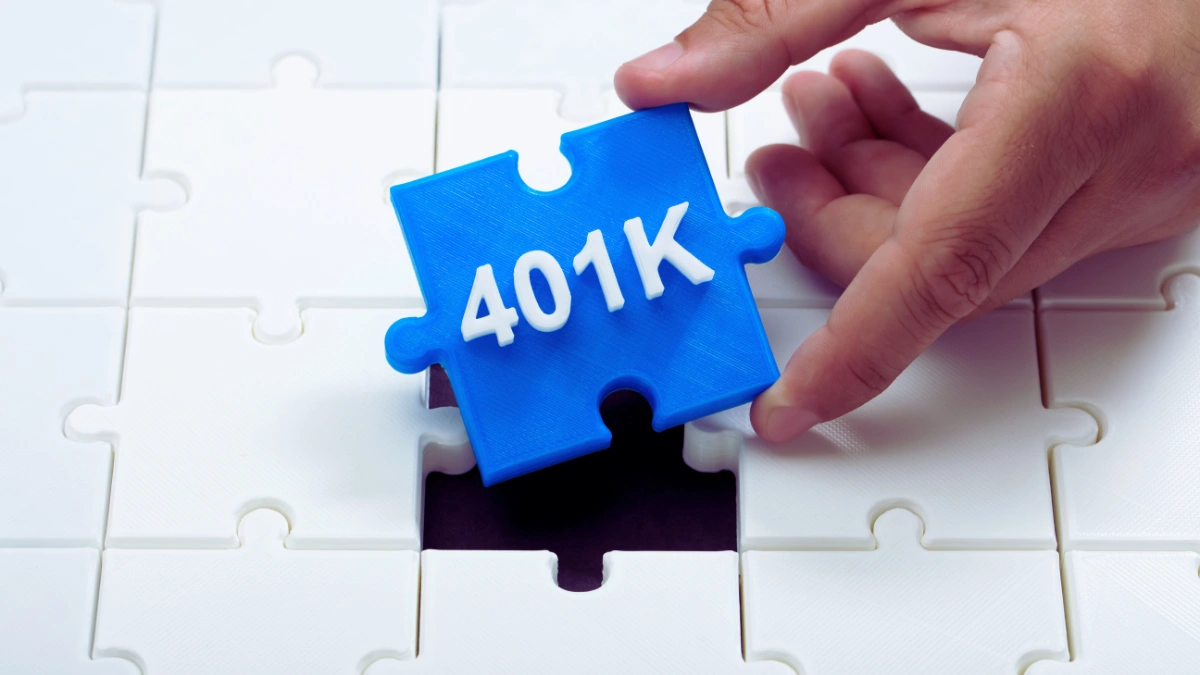
Most people are unaware of their actual 401 (k) returns. They see the balance go up and think everything’s fine.
Here’s what the data shows. According to Vanguard’s 2025 report, the average 401k returned 8% per year from 2020 through 2024. But that’s before fees.
Those fees matter more than you think. A 1% annual fee can reduce your portfolio value by $30,000 over 20 years.
After fees, most people see returns between 5-8%. Not terrible, but not great either.
Meanwhile, other assets were crushing those numbers.
The Alternative Assets That Changed My Mind

I spent three weeks reading everything I could find about alternative investments. These are assets outside of stocks, bonds, and cash.
What I found surprised me.
Contemporary Art Performance
Between 1995 and 2024, contemporary art gave investors an annual return of 11.4%. That beat the S&P 500 by 43% over the same period.
Even better? Art hasn’t moved with the stock market, bonds, housing, or gold for the past 30 years. When your 401k drops, your art might not.
Real Estate Crowdfunding
You can now invest in rental properties starting at $100. Average returns run between 8-12% annually, plus you get quarterly dividends.
One example blew my mind. A case of 1982 Château Lafite Rothschild cost $300 when it was released. Today it sells for over $50,000. That’s a 16,000% return.
How I Actually Invested in Art (Step by Step)

I started with art because the numbers looked best. But I had no idea how to buy a million-dollar painting.
Turns out, I didn’t need to.
I found a platform called Masterworks. They buy expensive paintings and let regular people invest in shares. Think of it like buying stock in a painting instead of a company.
Here’s exactly what I did:
Week 1: Applied Online. I filled out a simple form on their website. No cost to apply.
Week 2: Phone Interview A real person called me. We talked for 15 minutes about my investment goals. They wanted to make sure I understood the risks.
Week 3: Got Approved. The standard minimum is $15,000 for first-time investors. I asked if I could start with less. They said okay to $10,000 based on my situation.
Week 4: Made My First Investment. I picked a Banksy offering. The painting was worth $2.3 million. My $10,000 bought me a tiny slice of it.
Then I waited.
Eighteen months later, Masterworks sold the painting. I got a 17.6% annualized return. On my $10,000, that meant $2,640 in profit.
My 401k would have made about $720 in the same time period.
The Costs Nobody Mentions (I’m Being Honest Here)
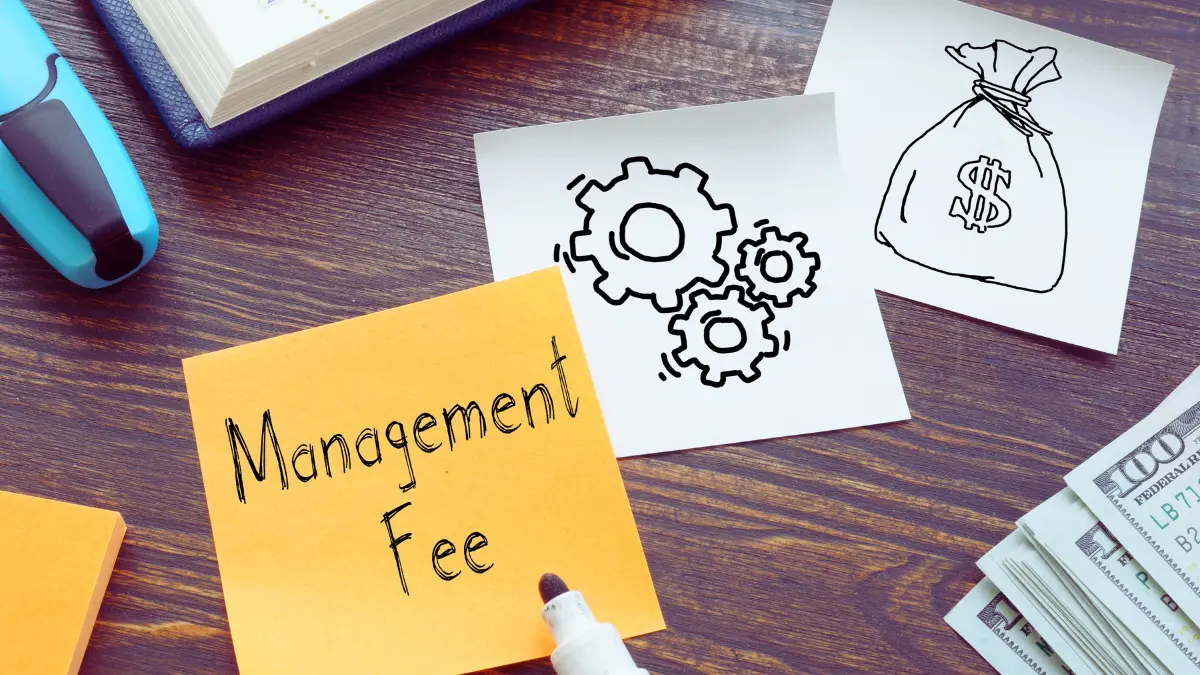
Those returns sound amazing. But there are costs.
Masterworks charges three fees: a 1.5% annual management fee, a 20% cut of any profits, and a one-time fee of about 10% when you invest.
Let me show you the real math on my $10,000 investment:
- Gross return: $2,640
- Masterworks takes 20%: -$528
- My net profit: $2,112
That’s still 14% after fees. Way better than my 401k’s 7%.
But here’s the part that annoyed me: taxes. Art counts as a collectible. The capital gains tax rate is higher than for stocks.
Also, you get a K-1 tax form for each piece of art you own. My tax prep got more complicated. I had to pay my accountant an extra $150 to handle it.
Even with all that, I still came out ahead.
4 Ways to Start Investing in Alternative Assets Today
You don’t need $10,000 to start. Some platforms let you begin with just $100.
1. Masterworks (Art Investment)

This is where I started. And honestly, it’s still my favorite platform.
They’ve bought over 430 artworks and sold 23 of them. All 23 made money for investors. Returns ranged from 4% to over 77%.
Here’s how it works. Masterworks buys paintings from famous artists like Banksy, Andy Warhol, and Basquiat. They file paperwork with the SEC to turn each painting into shares. Then you can buy those shares.
You pick from the paintings they have available. When I joined, they had 12 different options. Some were nearly full, others just opened. Each listing shows the artist, the painting, and how much they paid for it.
The team stores everything in secure, climate-controlled facilities. They ensure each piece. They handle all the logistics. You just own shares and wait.
The Good Parts:
- You own a piece of a real Banksy or Warhol
- A professional team picks the art based on data
- They have a secondary market where you can sell shares early (though liquidity isn’t guaranteed)
- Returns have beaten most traditional investments
The Bad Parts:
- $15,000 minimum scares away a lot of people
- You wait 3-10 years to see profits
- Fees eat into returns
- K-1 tax forms are annoying
Best for: People with $15,000+ who want hands-off art investing and can wait several years.
My experience: I’ve invested in three paintings so far. One sold with that 17.6% return. The other two are still being held. I check my account maybe once a month. There’s not much to do except wait.
Website: masterworks.com
2. Arrived Homes (Real Estate)
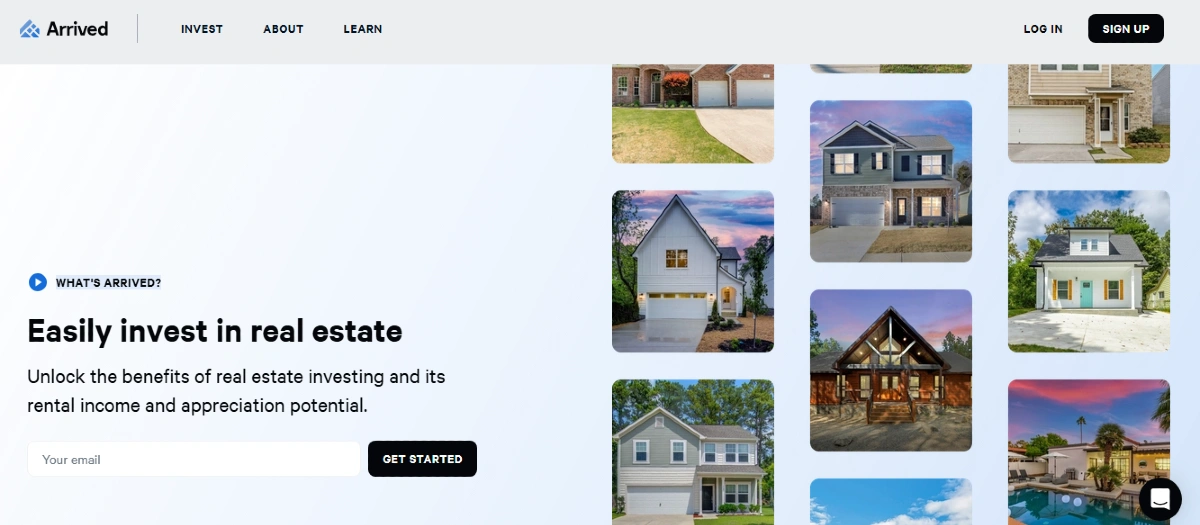
This platform shocked me with how simple it is.
You can start with just $100. They buy single-family rental homes in growing cities. You buy shares in specific properties. Then you collect quarterly dividends from the rent.
I invested in a house in Birmingham, Alabama, for $250. The house cost arrived $185,000 total. About 4,000 investors own shares of it.
Every quarter, I get a payment. Last quarter, it was $6.47. Not much, but that’s on a $250 investment. If I’d put in $2,500, I’d have gotten $64.70.
Plus, the house value goes up over time. When Arrived sells it in 5-7 years, I’ll get my share of that profit too.
The Good Parts:
- Lowest barrier to entry
- You can see the actual houses with photos and addresses
- Quarterly dividends feel good
- Easy to understand
The Bad Parts:
- Small investments mean small returns
- Can’t sell your shares until Arrived sells the property
- Returns are decent but not amazing (8-12% is the target)
- Property management issues can cut into dividends
Best for: Complete beginners who want to test alternative investing with minimal risk.
My experience: I own shares in five properties now. Total investment: $2,000. After 14 months, I’ve collected $167 in dividends. The properties have also gone up in value by about 6%. Combined return so far: 14.3% annualized.
Website: arrived.com
3. Yieldstreet (Multiple Asset Types)
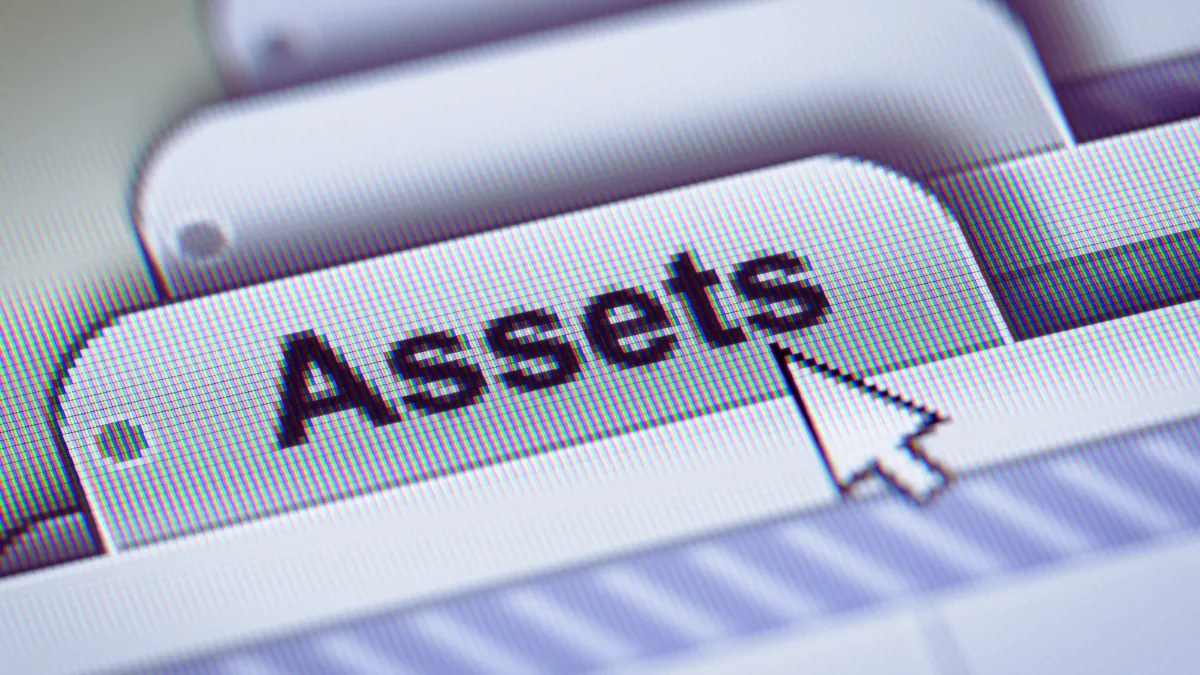
This is the Swiss Army knife of alternative investing.
Yieldstreet offers ten different types of alternative investments: real estate, art, private credit, legal settlements, transportation, and more.
When you log in, you see a marketplace. Each investment is different. Some are loans to businesses. Some are shares in commercial buildings. Some are art funds.
Their Art Equity Fund targets 15-18% returns over five years. I haven’t tried that one yet because the minimum is $20,000.
I did invest $12,000 in their real estate debt fund. It’s a collection of loans backed by properties. They pay me 9.5% interest annually. Every month, money hits my account.
The Good Parts:
- Tons of variety
- You can build a diversified alternative portfolio all in one place
- Regular interest payments on many offerings
- They handle all the management
The Bad Parts:
- It can be overwhelming with so many choices
- Each investment has different rules and timelines
- Some offerings are only for accredited investors (need $200k income or $1M net worth)
- Minimum investments range from $10,000 to $25,000
Best for: People who want to spread money across different alternatives and have $20,000+ to invest.
My experience: The monthly interest payments are nice. It feels more active than waiting years for art to sell. But I spent hours reading through offerings before picking one. The variety is both a blessing and a curse.
Website: yieldstreet.com
4. Fundrise (Real Estate and Startups)
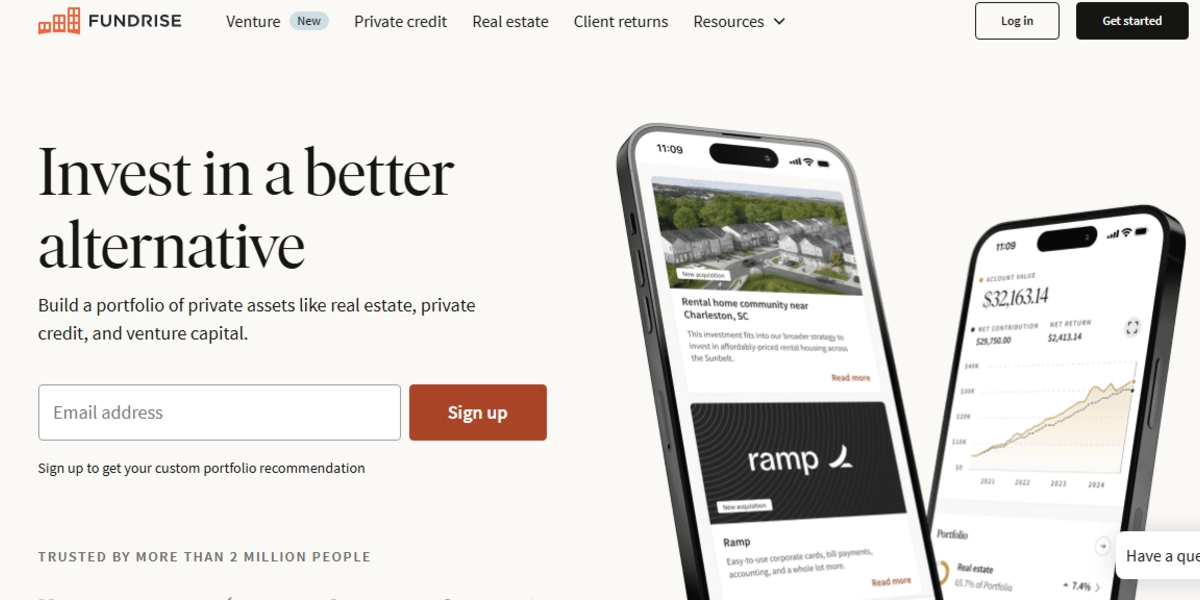
Fundrise lets you invest in both real estate and venture capital through their Innovation Fund. The minimum is just $10.
Yes, $10. That’s not a typo.
Their real estate funds own apartment buildings, shopping centers, and new developments. Your money gets pooled with other investors. Fundrise handles everything.
The Innovation Fund is newer. It invests in late-stage startups. Think of companies that might go public in a few years. You’re betting on the next big tech company.
You pick which fund fits your goals. Want income? Pick their income-focused real estate fund. Want growth? Pick the growth fund or venture fund.
The Good Parts:
- Lowest minimum of any platform ($10 to start)
- Clean, simple app and website
- Quarterly updates on your investments
- Can set up automatic investing
The Bad Parts:
- Lower returns than some other platforms (7-10% typically)
- Five-year minimum hold period recommended
- 0.15% annual advisory fee plus fund fees
- Can’t pick specific properties
Best for: Someone who wants to dip their toe in alternative investing without committing serious money.
My experience: I started here with $100 three years ago. I wanted to test before going bigger. After seeing steady 8% returns, I added $4,000 more. It’s boring in a good way. I barely think about it.
Website: fundrise.com
The Risks That Could Cost You Money

I need to be straight with you about the downsides.
You Can’t Get Your Money Back Quickly
Most alternative investments lock up your money for 3-10 years. If you need cash for an emergency, you’re out of luck.
I learned this the hard way. Six months after investing, my car died. I needed $3,000 for a new one. I couldn’t touch my art investment. I had to use my emergency fund instead.
Never invest money you might need soon.
No Guarantees
Unlike bank accounts, you could lose everything. These investments aren’t insured by the government.
Art prices can drop. The indexes only show successful sales, not the paintings that lost value or never sold.
Hard to Know Current Value
With stocks, you check your balance anytime. With art or wine, you don’t know the exact value until someone buys it.
This drove me crazy at first. I wanted to check my balance every day like I did with my 401 (k). Can’t do that with a painting sitting in a vault.
Tax Headaches
That K-1 form I mentioned? It arrives late in tax season. I couldn’t file my taxes until April because I was waiting for it.
Plan for extra accounting costs.
My Actual Portfolio Today

Let me show you exactly where my money sits now:
- Traditional 401 (k): $82,000 (68%)
- Masterworks (Art): $18,000 (15%)
- Yieldstreet (Real Estate): $12,000 (10%)
- Arrived Homes: $8,000 (7%)
Total: $120,000
After two years:
- My 401 (k) gained 7.2% per year
- My alternative investments gained 12.8% per year
- Combined return: 8.6% per year
That extra 1.4% doesn’t sound huge. But over 30 years, it’s the difference between retiring at 65 and retiring at 62.
Not every investment won. I put $5,000 into a legal settlement through Yieldstreet that’s been delayed twice. I might get my money back with less return than promised.
That’s the reality. Some bets pay off. Some don’t.
How to Start This Month (The Simple Plan)

Don’t overthink this. Here’s what to do:
This Week:
- Open an account on Arrived Homes
- Invest $100-500 in one rental property
- See how it feels to own alternative assets
Next Month:
- If you liked it, add $1,000-2,000 to Arrived or try Fundrise
- Read reviews of Masterworks if you have $15,000 available
Month Three:
- Decide if you want to go bigger with art or real estate
- Apply to Masterworks if interested
- Keep your alternatives under 15% of the total portfolio
Key rule: Only invest money you won’t need for five years minimum.
Start small. Get comfortable. Then scale up.
What I Wish I’d Known Earlier

Alternative investments aren’t magic. They won’t make you rich overnight.
But they can boost your returns by 2-5% per year. Over decades, that compounds into hundreds of thousands of extra dollars.
The biggest mistake I made? Waiting so long to start.
I wasted two years reading and researching before I invested my first dollar. That was stupid. I should have started with $500 on arrival just to learn by doing.
The second biggest mistake? Not keeping enough in my regular emergency fund. I put too much into alternatives too fast. Always keep 6 months of expenses in cash that you can access immediately.
My $15,000 art investment beat my 401 (k) by over 10 percentage points. That’s real. That happened. But I didn’t quit my 401k. I still contribute every paycheck. I still max out my employer match.
I just stopped putting ALL my investment eggs in one basket. Contemporary art returned 11.4% annually for 30 years. That’s not a guarantee for the future. But it’s a better track record than my 401 (k).
You can start with $10 today on Fundrise. Or save up $15,000 for Masterworks. Either way, you’re doing something different than the standard advice.
And sometimes different is exactly what you need.
